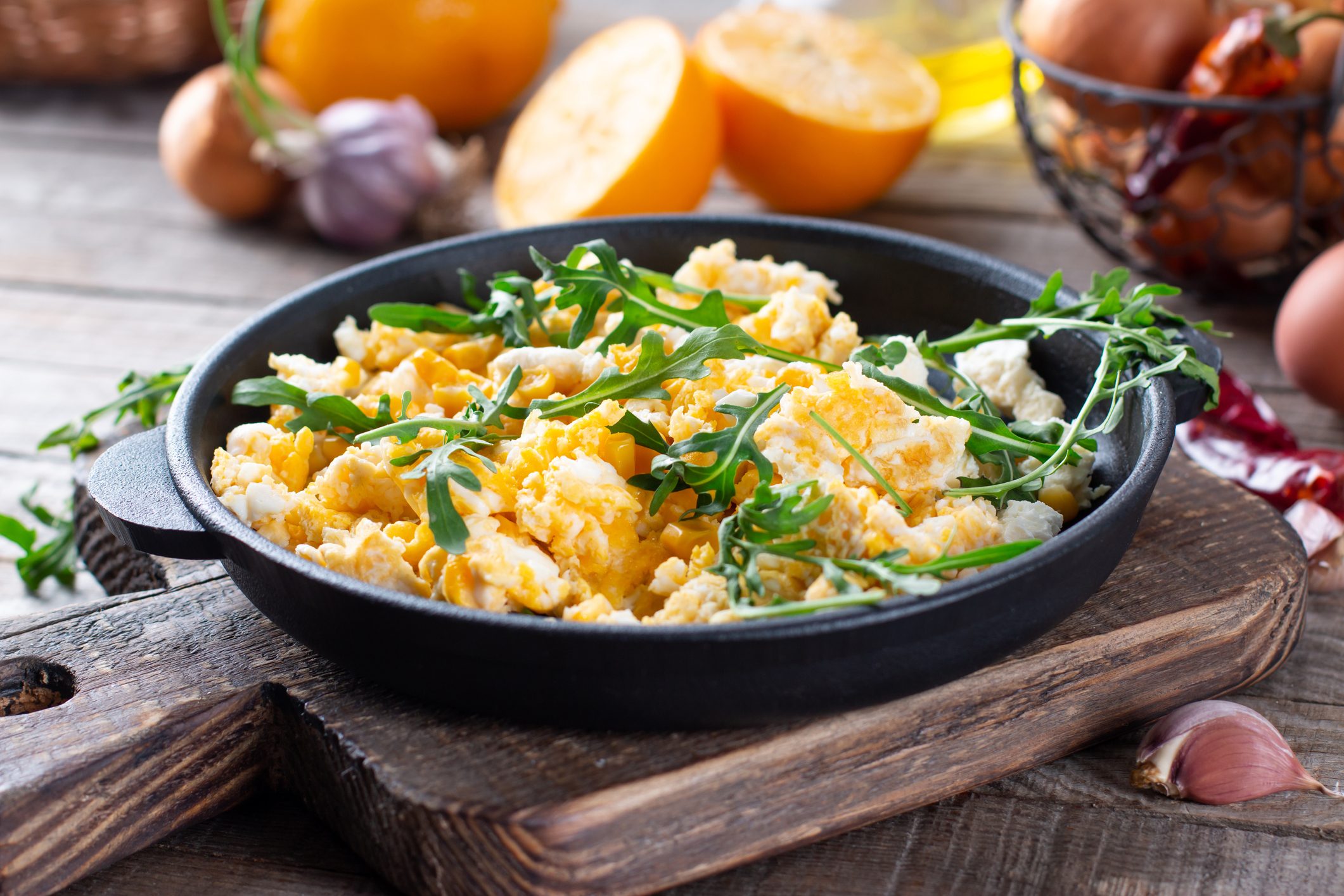The Reasons Why You Should Never Melt Butter Before You Cook Scrambled Eggs
Melting butter before cooking scrambled eggs causes uneven cooking and a rubbery texture, as the butter's moisture evaporates too quickly. To achieve creamy, fluffy eggs, add cold butter directly to the pan and let it melt slowly.
;Resize,width=742;)
Scrambled eggs are a breakfast staple, beloved for their simplicity and comfort. Yet, achieving the perfect texture can sometimes seem like an elusive culinary art. One common mistake that can sabotage your scrambled eggs is melting the butter beforehand. This seemingly minor step can have a significant impact on the final dish. Let’s delve into why you should never melt butter before cooking scrambled eggs and discover the best way to incorporate butter for that perfectly creamy, fluffy result.
The Science of Butter and Eggs
When you melt butter before adding eggs to the pan, you lose one of butter’s most crucial properties: its ability to slowly release its fat and moisture. Butter contains water, milk solids, and fat, which interact differently with the eggs as they cook. If you melt the butter too soon, the water evaporates quickly, leaving behind just the fat. This separation can lead to uneven cooking, where parts of the eggs might cook too quickly while others lag behind, resulting in a rubbery texture.

The Texture Trouble
Scrambled eggs are all about texture. You want them to be soft, creamy, and just a bit custardy. Melting the butter beforehand disrupts this delicate balance. The rapid evaporation of water from the butter can cause the eggs to seize up and cook too fast, especially if the pan is too hot. Instead of achieving a uniform, creamy consistency, you might end up with a mix of dry curds and runny eggs. Not exactly the breakfast of champions!
The Flavor Factor
Butter brings more to the table than just fat; it imparts a rich, creamy flavor to scrambled eggs. When you melt it too soon, you risk losing some of that nuanced taste. The milk solids in butter contribute to a slight caramelization when heated gently, adding depth to the flavor of the eggs. Melting the butter prematurely can dull these subtle notes, leaving you with a less flavorful dish.

The Best Way to Add Butter
So, how should you add butter to scrambled eggs for the best results? Start by placing cold or slightly softened butter directly into the cold pan before turning on the heat. As the pan warms up, the butter will slowly melt and coat the bottom evenly, releasing its moisture gradually. This slow melting process ensures that the eggs cook evenly and absorb the rich flavor of the butter.
Using this method, you also avoid the need for high heat, which is the enemy of perfect scrambled eggs. Cook the eggs on low to medium heat, stirring gently and continuously. This approach prevents overcooking and helps create those soft, luscious curds that make scrambled eggs so delightful.
Butter vs. Oil: The Ultimate Choice
When it comes to choosing between butter and oil for scrambled eggs, butter is generally the preferred choice due to its flavor-enhancing properties. However, if you’re looking for a slightly healthier option or want a different flavor profile, a neutral oil like canola or a flavorful oil like olive oil can be good alternatives. But remember, oil lacks the moisture content of butter, which means it won’t provide the same creamy texture. For the ultimate indulgence and traditional taste, butter remains the gold standard.
;Resize,width=767;)
;Resize,width=712;)


